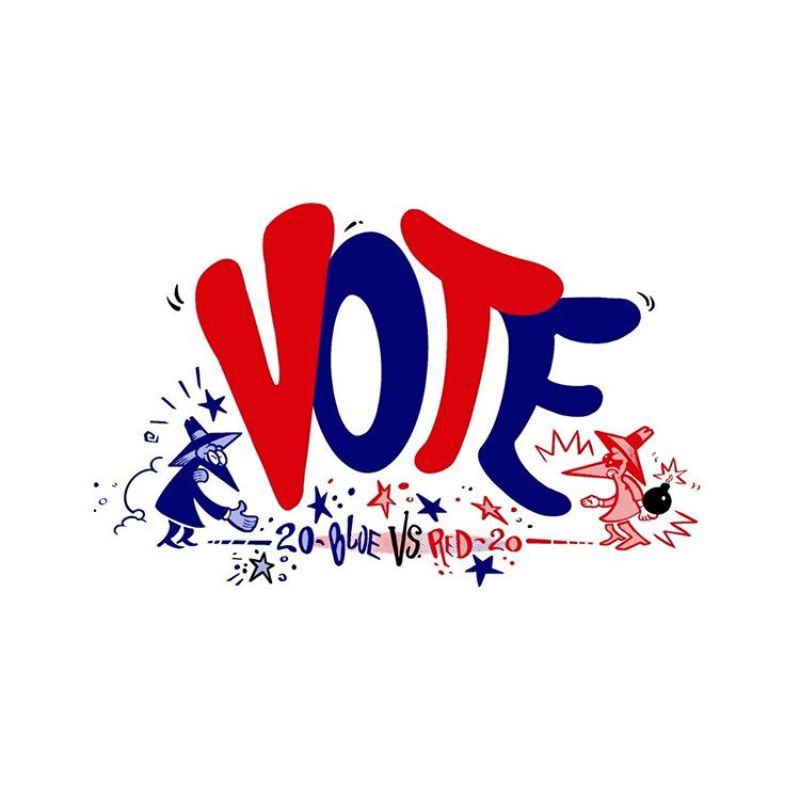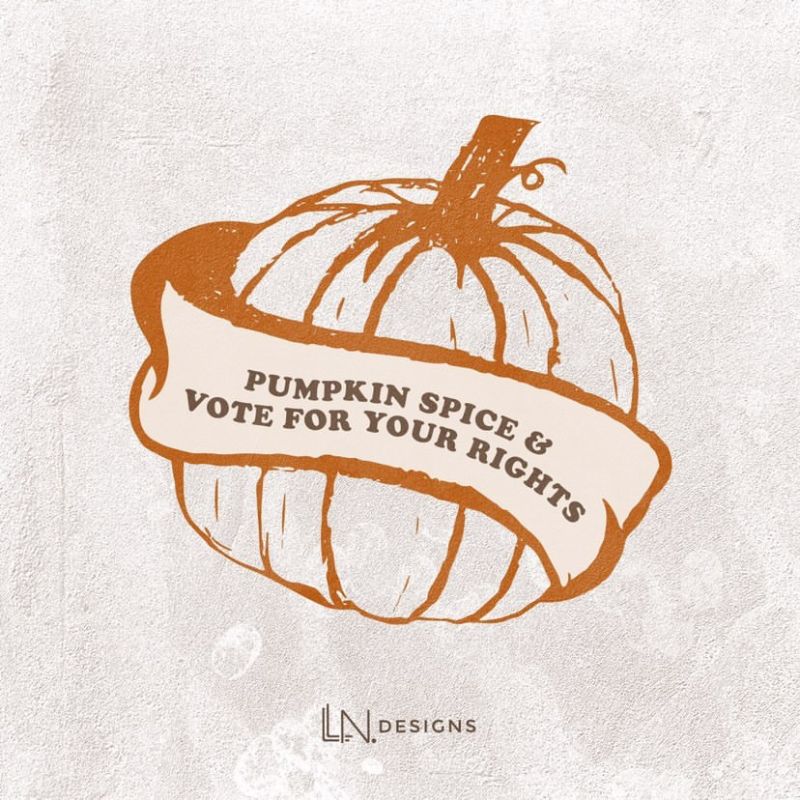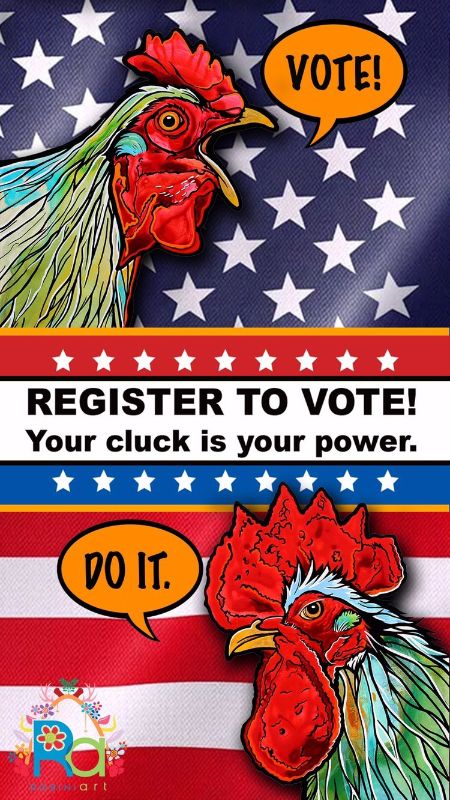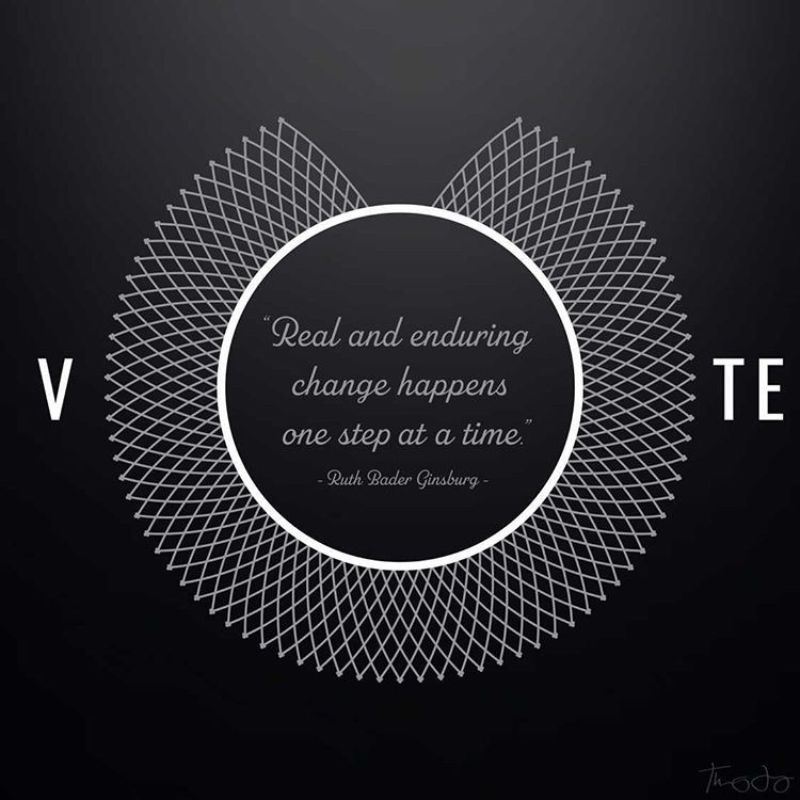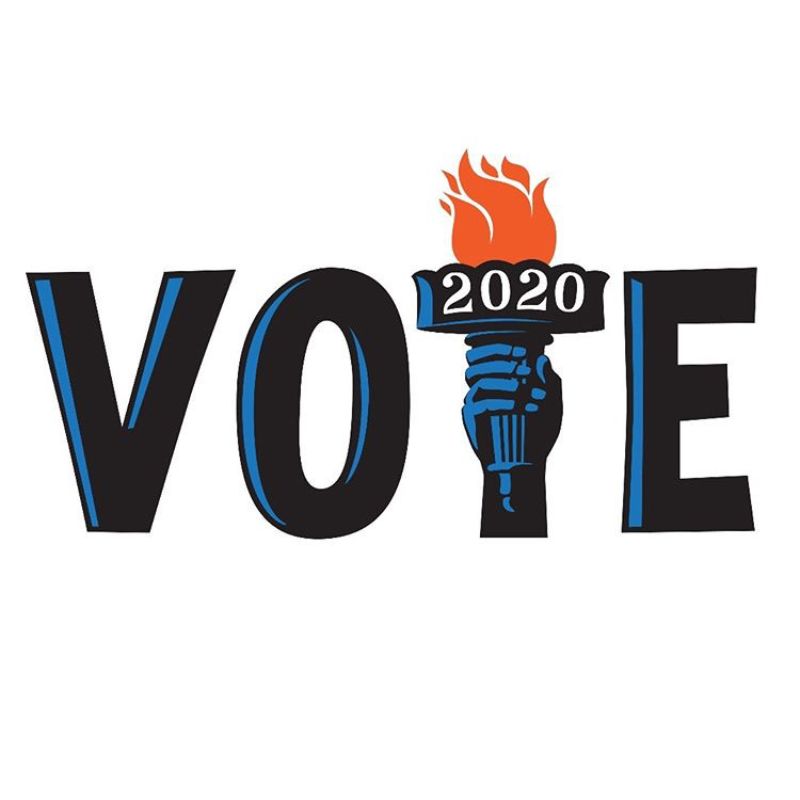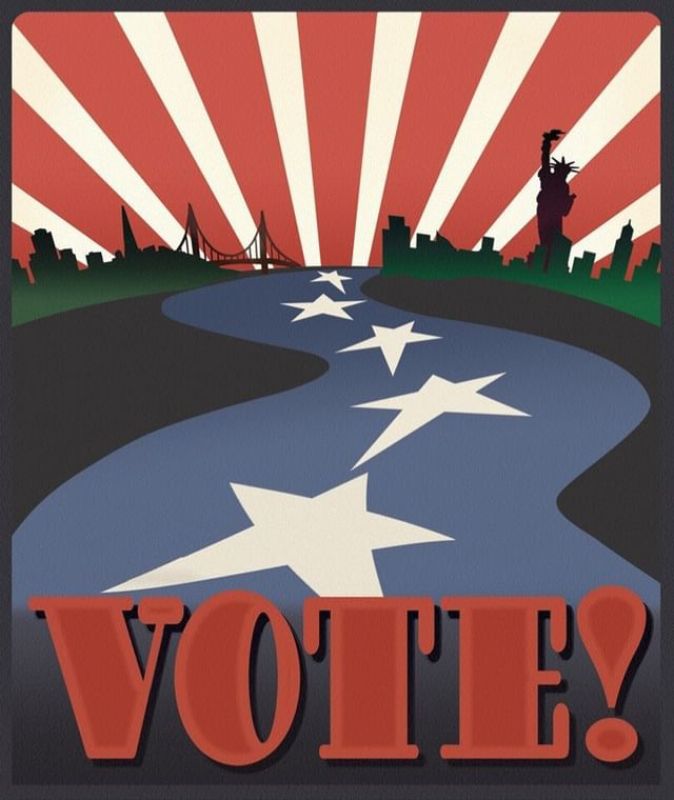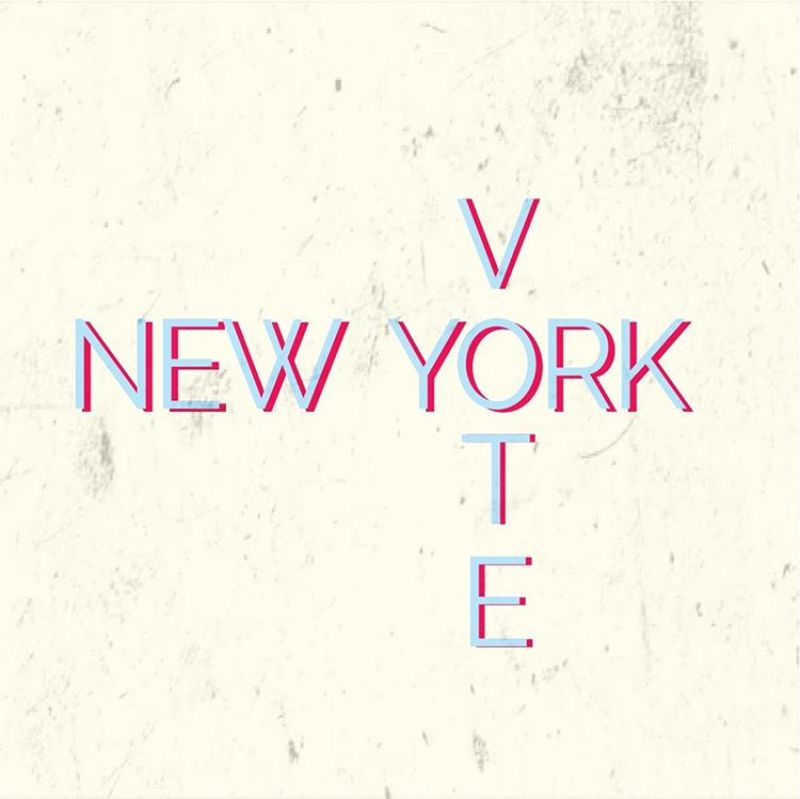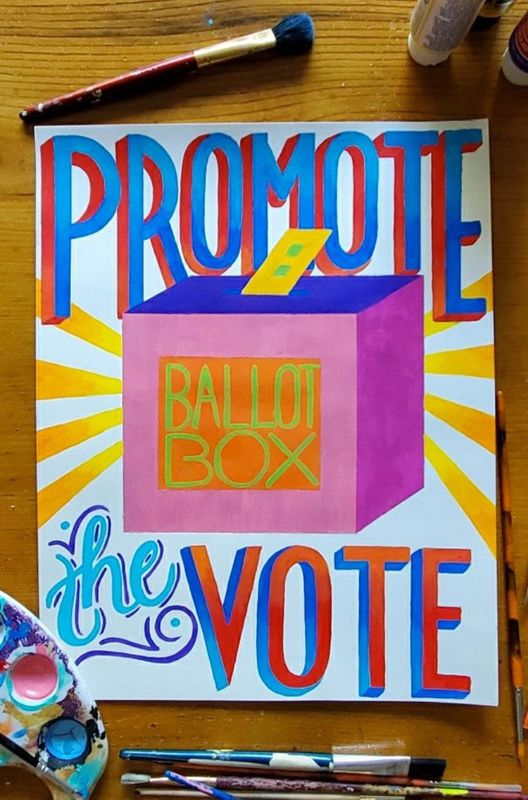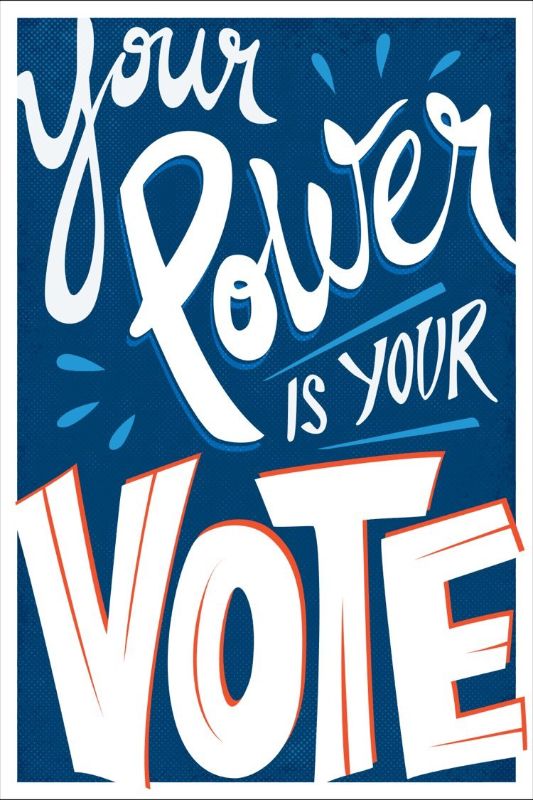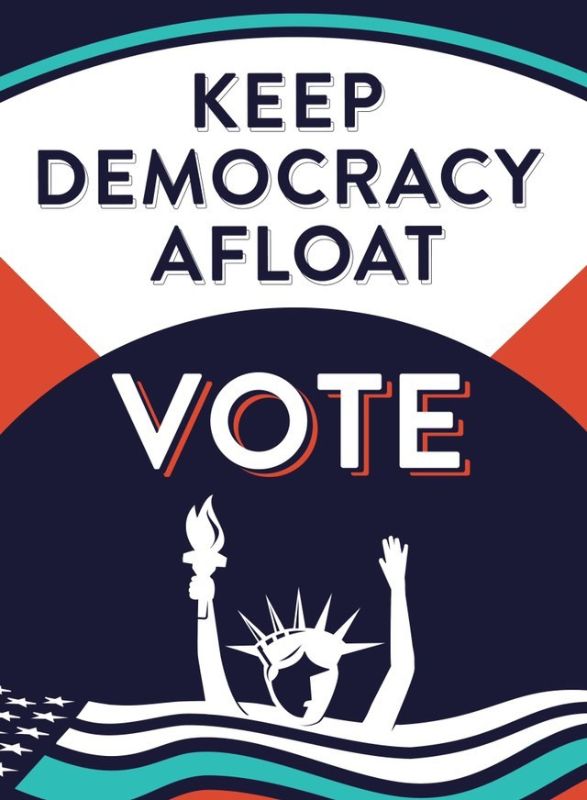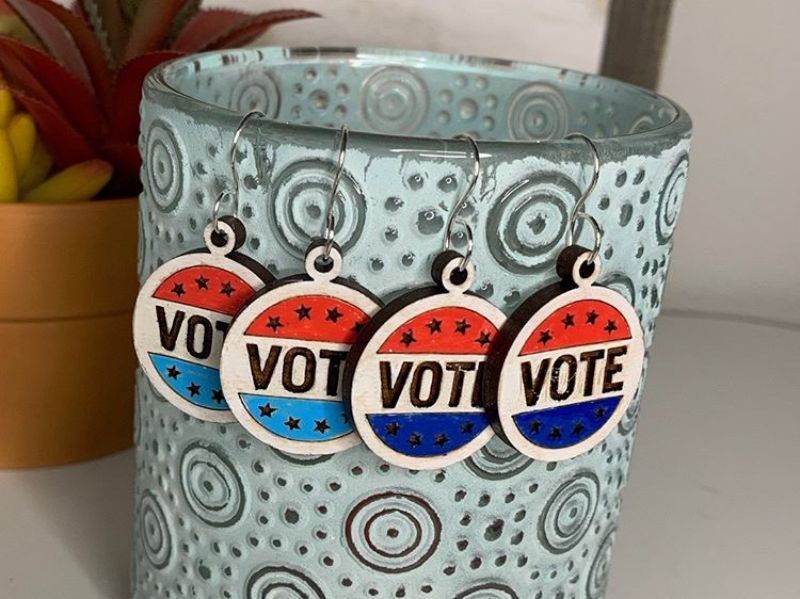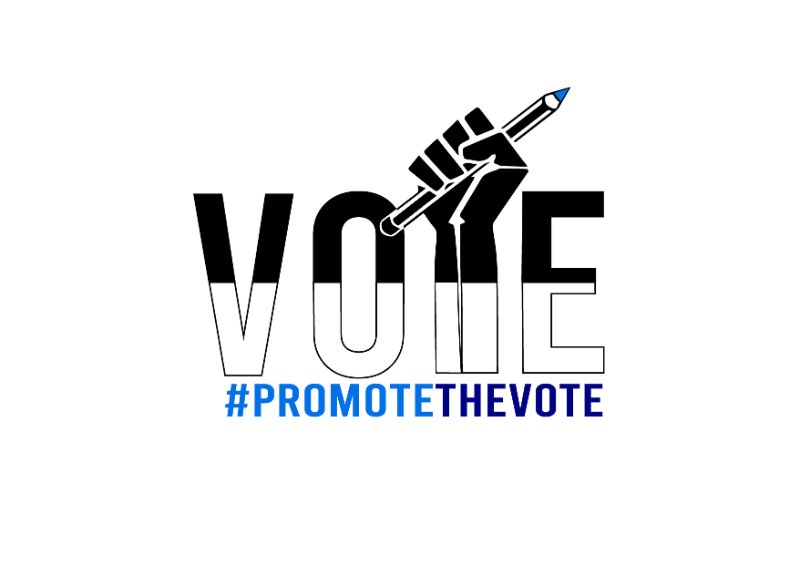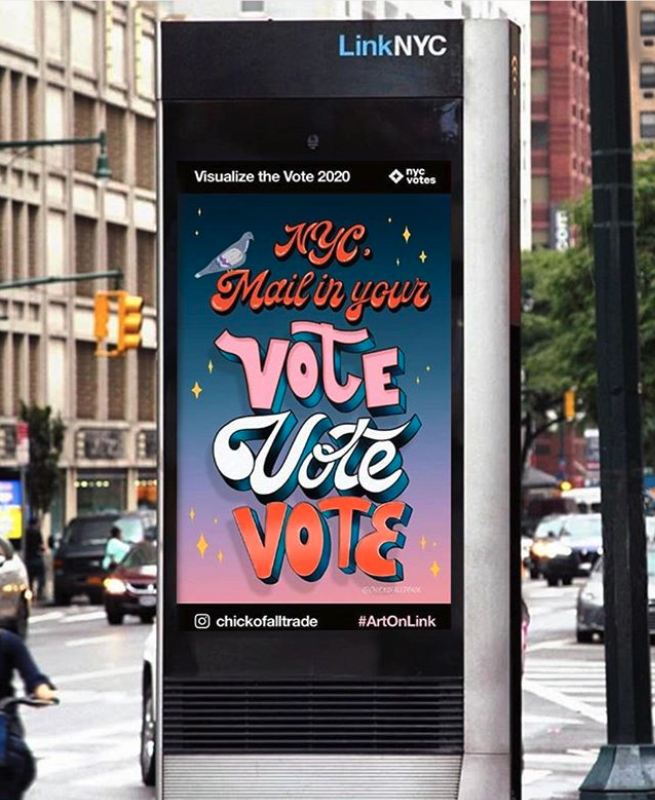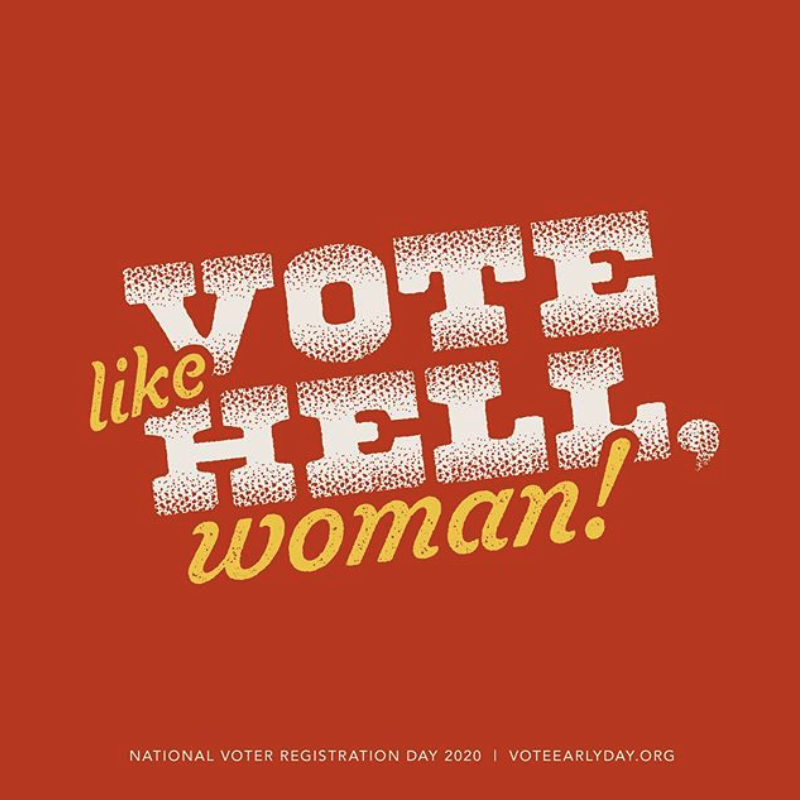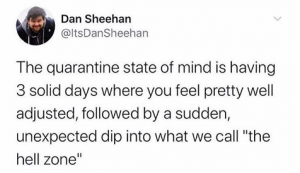Welcome to Holiday Season 2020, where gathering with friends and family is a moral dilemma and celebrating in the ways we actually can feels like huge effort.
It can be hard to figure out what’s appropriate to send as a gift this year, especially when shopping for a client or coworker. If you’re looking for something unique, thoughtful, local and impactful, however, we’ve got you covered—for every kind of budget.
FOR THE PLANT PARENTS
As the winter months approach, and darkness falls, so, too, does the foliage fade (unless you live down south like me). With the outside plants sleeping for the winter, you could send something to bring the greenery inside and infuse some life into indoor spaces.
Plant the Future
This Latina-owned and Miami-based business has grown as a labor of love, creating intricate terrariums and other bespoke pieces. While some offerings are too delicate to ship beyond South Florida, Plant the Future offers many shippable items to send goods across the nation.
Recommended Items:
Shop Plant the Future online or follow @plantthefuture on Instagram.
Succulent Kreations
This one-woman shop was born out of COVID as an attempt to spread a little happiness during dark times. Encouraged by personal stories of the cheer and hope her boxes have brought people and their loved ones, this LA-based lady is thrilled to continue to serve up succulents and other intimate gifts.
Recommended Items:
Corporate Thank You Self Care Kit
Shop Succulent Kreations online or follow @succulent_kreations on Instagram
FOR THE GOOD VIBE CURATORS
Maybe you’re just trying to get some good vibes over to a client with something to switch up the energy in the desolate office people may be visiting less frequently, or something to brighten up the home. Here are a few shops that can help you send some unique forms of brightness along with holiday cheer.
Casa & Estilo
This Miami-based home decor and accessories shop is a Latinx family owned and operated shop* that strives to bring in a range of items and accessories to fit any budget. With a range of art from established and local artists, curated accessories that include candles, glassware, planters, bags and more, you’ll find something for your most eclectic style mavens here.
The Casa & Estilo family is behind the creation of Design TECHO, a growing community of creative professionals working to end global poverty for the past 7 years, raising money to provide strategic solutions for local communities and building homes in Colombia, Argentina, Haiti, Mexico, Peru, and Brazil. 10% of all Casa & Estilo purchases go towards funding Design TECHO’s efforts. Learn more on their website.
Recommended items
Shop Casa & Estilo online or follow @casaestilomiami on Instagram
Everyday Magic
For your more new-age clients, a spiritual space cleanse might be just what the holistic doctor ordered. This woman-owned, Raleigh-based shop curates crystals on crystals on crystals, guaranteed to blow your mind. You can check their Instagram for first dibs on their epic crystal sales or browse the website for some choice pieces that remain ranging from sweet baby crystals to, in HWIC Bakara’s words, “big daddies.”
Other magical objects include ritual candles, Florida water, tarot decks, and epically luxurious crystal soaps and bath bombs for the beauty minded.
Recommended Items
Amethyst Calcite Specimen
Abundance Ritual Candle
Shop Everyday Magic online or follow @everyday_magic on Instagram
Eva Woolridge Photography
Acclaimed photographer Eva Woolridge offers prints of her powerful protest photography and creative portrait series. Her award-winning series, The Size of a Grapefruit, offers a visual narrative based on a traumatic medical event. Her work has been featured in V-Magazine, Teen Vogue, and most recently her protest photography has been featured in BLM. Some purchases offer a portion of proceeds to various black-led organizations
Recommended Items
Size of a Grapefruit: Inspection
Shop EW Photos online or follow @ewphotos1 on Instagram
FOR THE FREAKY FOODIES
Food is always a great gift. Great food is an even greater gift. Here are a couple of unique gift basket options to sate your giftee’s palette.
Mouth
Mouth curates small-batch goodies made by independent artisans from around the US. It’s like a hipster foodie’s dream. With insanely artisan snacks like gin and juice lamb salami, to decadent truffled chocolates, you can select any of their premade boxes, or create your own!
Recommend Items
Shop Mouth online or follow @mouthfoods on Instagram
UnBoxMeGifts
UnBoxMeGifts is a female-founded and owned gift boutique located in Denver. They partner with dozens of incredible family- or female-owned businesses all across the country to offer curated gift packages filled with artisanal hand-crafted foods and unique gifts. Each gift box is hand-packed with love and includes a personalized greeting card with a message.
Recommended Items
Shop Unbox Me Gifts online
Heritage Bee Farm
This family-owned and operated bee farm in Myakka, Florida, offers an even more specialized array of goodies, all handmade with the help of bees! From honey, to beeswax candles and other delightful treats, they offer a range of gift baskets for you gifting needs.
Recommended Items
Christmas and Holiday Gift Basket
Ultimate Honey and Hive Gift Basket
Shop Heritage Bee Farm online or follow @hetitagebeefarm on Instagram
FOR THE LOVE OF SELF CARE
Sometimes the greatest gift you can give someone is the gift of self-care. Reminding you clients and employees to take the time to take care of themselves might be very appreciated, especially during these times.
Bison Star
Help your clients stay clean with an array of natural soaps and lotions from this Taos-based family business. Their in-house made soaps and lotions have people raving, but they also curate local delicacies like hot sauce, local honey, hand crafted chocolate, and coffee. They also sell sage and cedar bundles made in the Taos Pueblo.
This Taos Pueblo affiliated family is currently rebuilding their workshop. You can follow their progress here.
Recommended Items
Shop Bison Star online or follow @bisonstar on Instagram
Primal Derma
Primal Derma offers raw natural skincare using tallow sourced from farm-raised cattle. Tallow is the fat that would be thrown away but is instead used here to nourish your skin with a cream that is bio-identical to human skin, making it more easily absorbed by your cells.
Recommended Items
Shop Primal Derma online or follow @primalderma on Instagram
Rawra
What started as a hobby 15 years ago has flourished into a woman-owned and operated small business. All ingredients are hand-selected to nourish + soothe, fragrances are chosen to lift + elevate, and essential oils are infused to calm + relax. Gifts are curated to include select pieces from local artisans, with in-house poured candles in small batch processes.
Recommended Items
Shop Rawra online or follow @rarawbotanicals on Instagram
FOR THE COFFEE + TEA CONNOISSEURS
If you’re having a hard time selecting something more personal, coffee and tea can be a beloved gift for most — just make sure you know if they’re a coffee-only or tea-only person. The following shops have ethical sourcing practices and will deliver a delightful surprise to anyone on your list.
Grounds for Change
Offering fully certified fair trade and organic coffee, this family-owned and operated coffee roaster also offsets all carbon emissions with tree planting. All their practices support local communities including Peruvian farmers who received a higher price per pound to support domestic violence intervention programs and small business loans for women. They also sell fair trade chocolate bars and include both coffee and chocolate in their gift boxes.
Recommended Items
Shop Grounds for Change online for follow @groundsforchangecoffee on Instagram
Bellocq
This woman-owned and led shop utilizes sustainable practices, sourcing their products from micro-lots that yield aromatic and decadent teas from around the world. They also have gorgeous aesthetics. You can rest knowing whatever teas you choose will be lovingly sourced and packaged, with a promise of luxury, decadence, and ritual.
Recommended Items
Shop Bellocq online for follow @bellocq on Instagram
BLK & BOLD
Another way to give coffee and support a cause. Not only does BLK & BOLD source fair trade specialty micro-roasted coffee and tea, they donate 5% of their profits to non-profit organizations that support at-risk youth. This Black-owned coffee roaster sets a high standard for ethics and integrity, so you can rest assured your dollars are going somewhere good.
Recommended Items
Shop BLK & BOLD online or follow @blkandbold on Instagram
FOR THE AUDIOPHILES + ARTSY
LSTN Sound Co.
These makers of quality, unique headphones, speakers, and earbuds offer a consistently excellent audio product while giving back. Every LSTN purchase helps give hearing aids through Starkey Hearing Foundation. LSTN purchases have helped more than 30,000 people received hearing aids around the world.
They also offer customizations for corporate gifting.
Recommended Items
Beacon 2.0 True Wireless Earbuds
Troubador 2.0 Wireless Luxury Wood Headphones
Satellite 2.0 – Wooden Bluetooth Speaker
Shop LSTN Sound Co. online for follow @lstnsound on Instagram
FOR THE COVID-COMPLIANT STATEMENT MAKERS
RESP Mask by Das Design
The RESP Mask was designed and assembled by a dude in a basement during a pandemic. It also makes you look like a dystopian hero (or villain). If you’re planning a gathering, or simply want to spread the gift of safety, these masks offer a range of designs for whatever kind of character you’re going for — including a partnership with Marvel so you can look like Iron Man or Wolverine.
Recommended Items
Shop the RESP Mask online or follow @das_design on Instagram
FOR THE GENEROUS + OPEN HEARTED
Maybe you’d simply like to give back this holiday season. Here are a few organizations that are doing great work and would love to receive your gift.
Dig Deep
This human rights non-profit serves the 2.2+ million Americans without running water (that’s right, homes in our own US of A). They invest in research advocacy and workforce development to close the Water Gap. Two of their projects target some of the communities in most need: the Navajo Nation and Central Appalachia.
But they are not a charity. They are a non-profit working to solve a problem by advancing community-led solutions, developing an evidence base, mobilizing America, and building an ecosystem of change. Learn about their delivery truck in this video.
You can send you gift to Dig Deep online or follow @digdeepwater on Instagram
TECHO
This youth-led organization is devoted to restoring dignity and hope to families living in extreme poverty in Latin America and the Caribbean. Over the past 22 years, 1 million volunteers have built over 150,000 homes in 19 countries. They invest in community leadership, social awareness and action, as well as political advocacy.
You can join a corporate partnership with TECHO, go on a building trip (once it’s safe to travel again), or become a recurring donor through the TECHO BFF program.
You can learn more about TECHO online or follow @techo_us or @techo_org on Instagram.
Need something more unique, personal, service-oriented, artistic, or magical?
You can check out my personal write-up on The Boneseed Blog featuring creators, artists, witches, and more small businesses to support!
*I’m not involved with Casa & Estilo, but some of family is. I am part of the Design TECHO team 😉
About the author.
Alessandra is the mentor, educator, and writer behind Boneseed, a private practice devoted to deep self-inquiry through a range of physical, energetic, and mental modalities. She has over 500 hours of yoga, mentorship, and facilitation training and can be found slinging knowledge on her website, newsletter, and @bone.seed.

